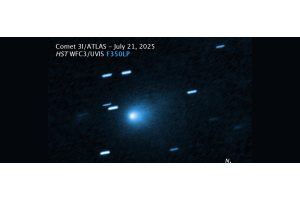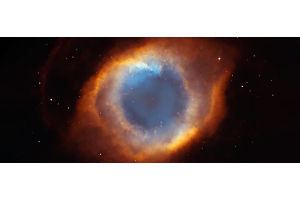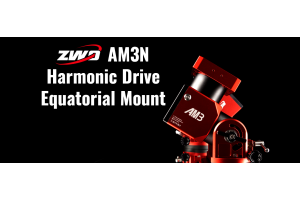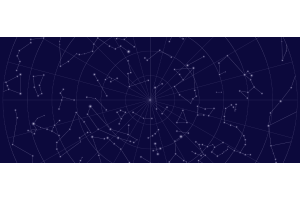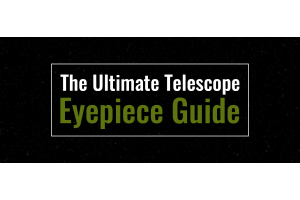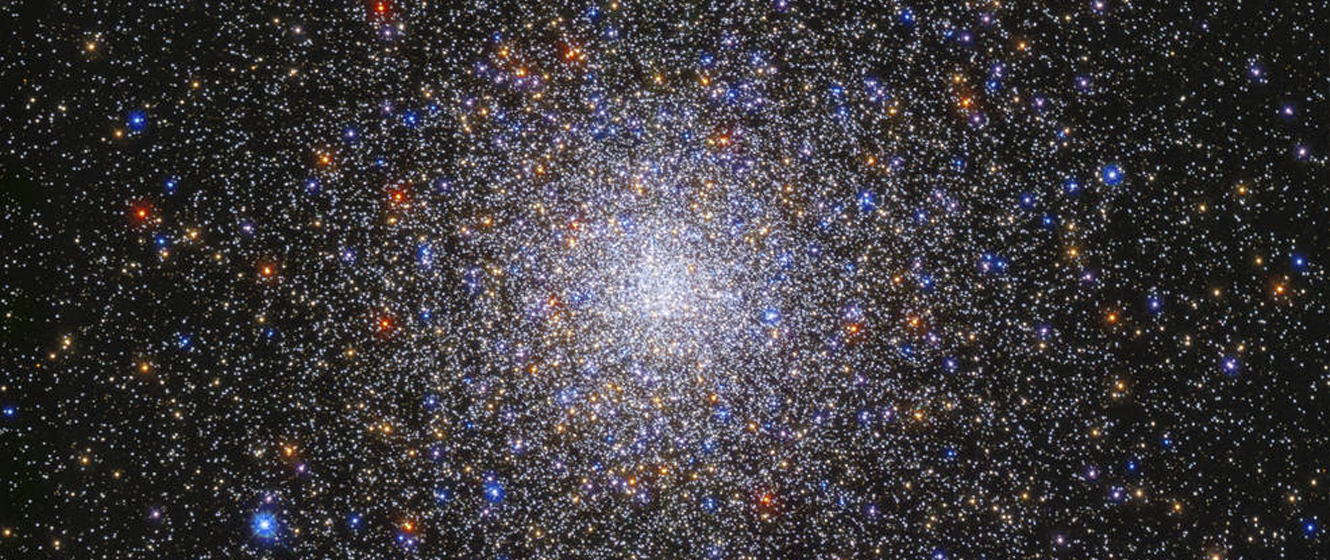
In this episode of What's in the Sky this Month, Teagan reviews some of the beautiful celestial objects you can see in the month of June 2023!
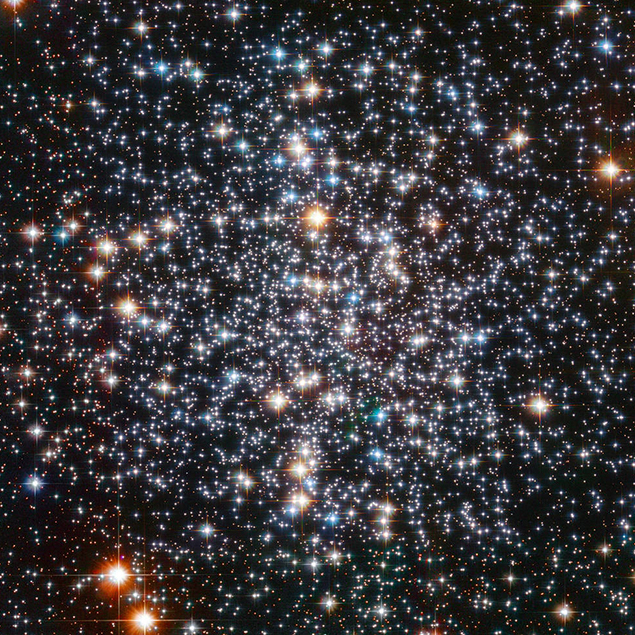
Image credit: ESA/Hubble & NASA
Messier 4
- Type: Globular Star Cluster
- Constellation: Scorpius
- Distance: 7,200 light-years
- Magnitude: 5.6
- Apparent Diameter: 36’
If spring is galaxy season, then summer belongs to the globular star clusters, and one fine example is Messier 4 (M4), a bright globular that’s easily found about midway between the stars Antares and Al Niyat in Scorpius. If you live under reasonably dark skies, you should be able to spot M4 with binoculars, through which it will appear as a fairly bright, hazy patch. Otherwise, you may need the help of a telescope to find it.
A low magnification of about 40x may be enough to start resolving the cluster with averted vision. Double the magnification and you’ll also see a prominent bar of stars that crosses the cluster from north to south, with larger scopes revealing chains and clumps of stars scattered throughout.
OUR NEAREST NEIGHBORS
Venus and Mars spend most of the month in Cancer. Mars appears near the center of the Beehive Cluster on the 2nd, while Venus will be closest on the 13th, but with the cluster low in the sky, its stars might prove difficult to spot. Both planets can then be seen within the same binocular field of view for the remainder of the month, and are closest from June 29th to July 1st. Saturn is in Aquarius, with the last quarter Moon to its right on the 9th and to its left on the 10th. Neptune may be observable later in the month and can be found 4.7 degrees to the southeast of Lambda Piscium. Jupiter is easily visible over the eastern horizon in the predawn twilight, with a waning crescent Moon just to its left on the morning of the 14th. Uranus remains too close to the Sun to be observable, but Mercury will be very low over the east-northeastern horizon for much of the month. If you need a little help, look for a thin crescent Moon about five degrees above the planet on the 16th. Lastly, the Moon turns full on the 3rd and then new on the 17th.
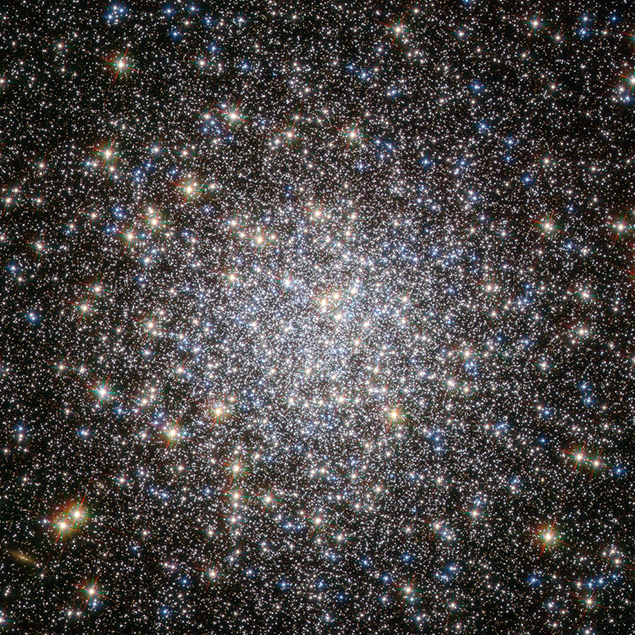
Image credit: ESA/Hubble & NASA
Messier 5
Messier 5 can be found to the southwest of Alpha Serpentis and within the same low-powered field of view as 5 Serpentis. Its small, bright core shows nicely in a low-powered eyepiece, with the cluster appearing slightly oval and the halo extending about twice as far as the core itself.
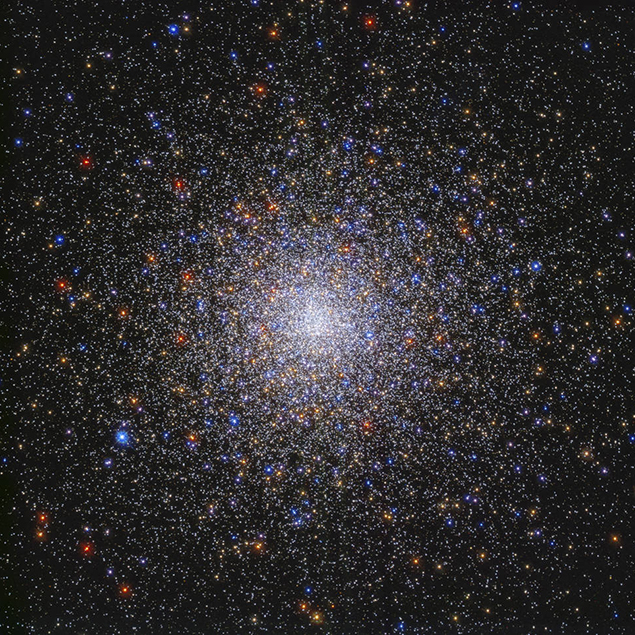
Image credit: NASA, ESA, and G. Piotto (Universita degli Studi di Padova); Image Processing: Gladys Kober
Messier 80
Messier 80 lies within the same 10x50 binocular view as Antares, Al Niyat, and M4, but is best suited for telescopic observations. Small scopes will show a compact globe with a bright core, while larger scopes will resolve the individual stars and reveal chains stretching to the north and west.
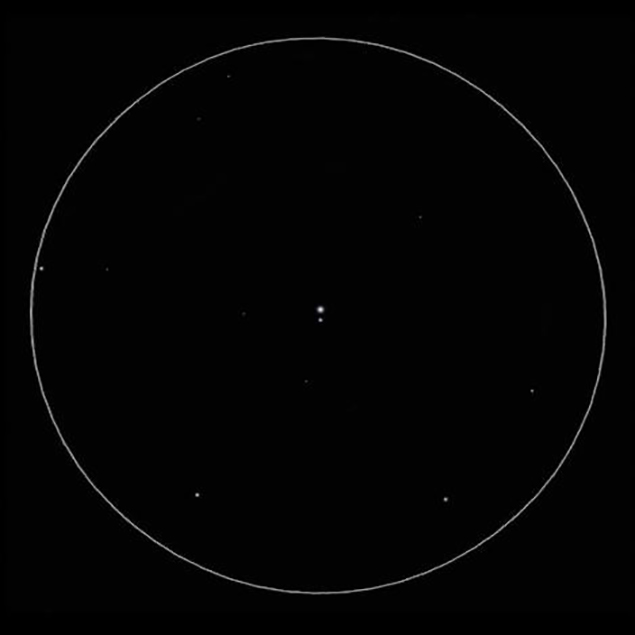
Image credit: Richard Orr
Beta Scorpii - Graffias
Graffias is an attractive multiple star that almost anyone can enjoy - especially those with a telescope. Binoculars will show a white star with a fainter white companion, but a telescope will reveal a third, with a low magnification of about 25x splitting the brighter star into two.
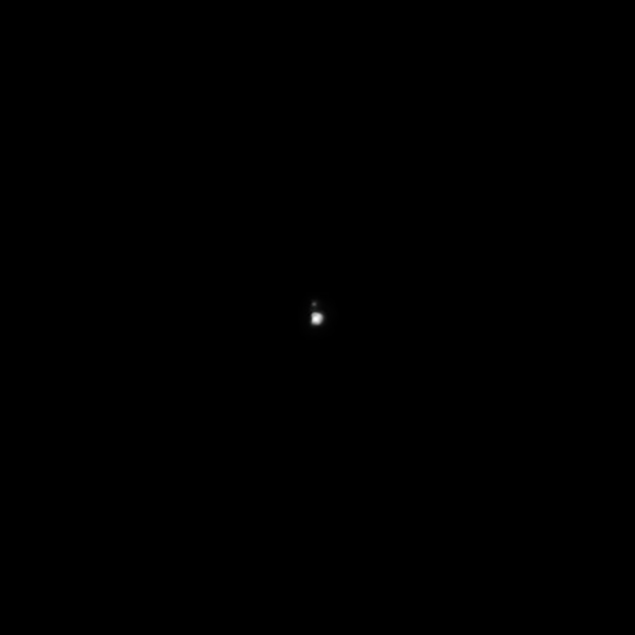
Image credit: Nikolay Nikolov
Epsilon Bootis - Izar
This multiple can be a challenge for beginners and owners of small scopes, as the two components are separated by only 2.9 arcseconds. The primary is a brilliant golden star, while the secondary typically appears blue-green - although some have even reported a purple hue.
STELLAR CONCEPTS
Globular Cluster: A globular cluster, as the name implies, is a spherical ball of hundreds of thousands of stars. Most globulars can be found forming a halo around our galaxy’s core and contain older stars. Telescopically, many appear comet-like at low power but higher magnifications and astrophotography can reveal countless stars.






